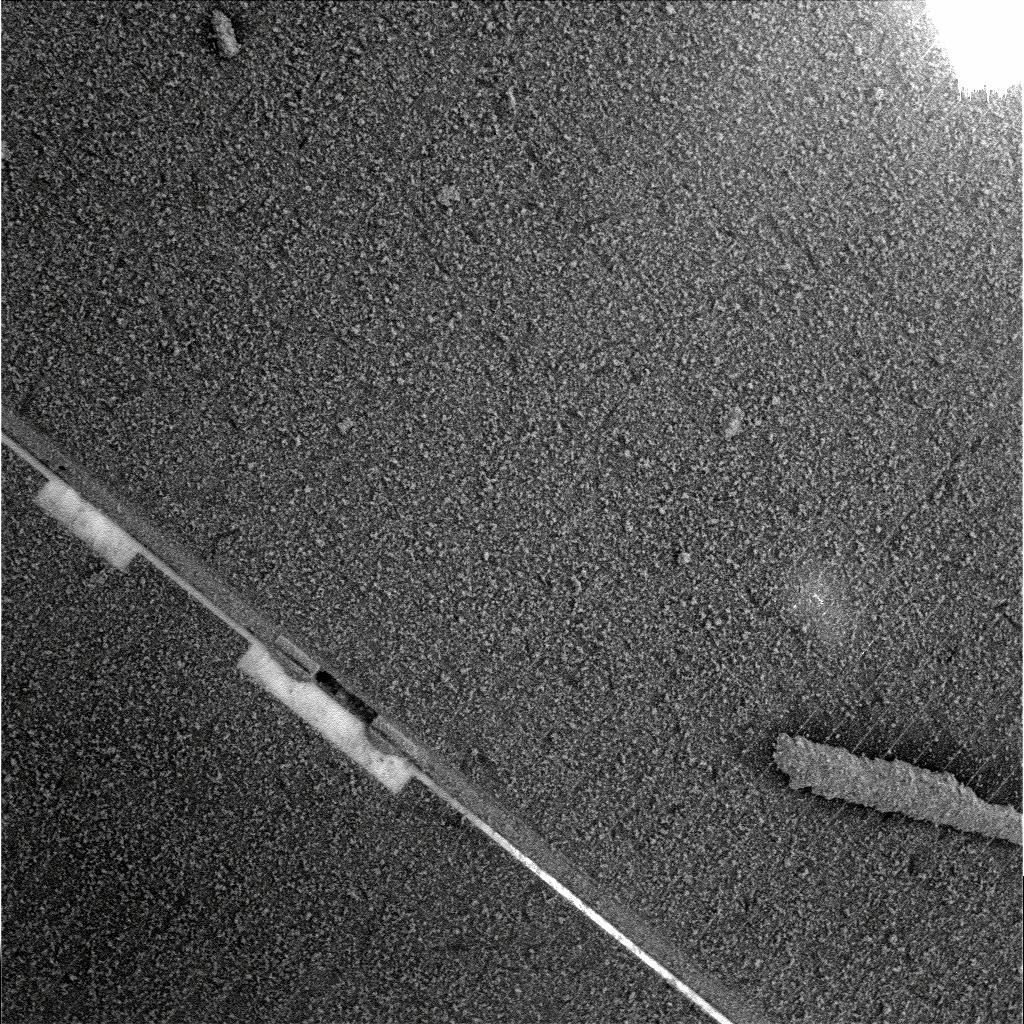Steve Squyres and the Mars Exploration Rover team knew from the beginning that dust could cause a problem for the rovers, Spirit and Opportunity. When a thick layer of dust coats the solar panels, it blocks the sunlight that generates power for the six-wheeled robots. In the summer of 2007 a huge dust storm blanketed Mars, and deposited a fair amount of dust on solar panels of both rovers. Spirit, especially accumulated a lot of dust on its solar array. Currently, only about one-third of incoming sunlight is able to penetrate dust on Spirit's solar panels to be converted to electricity. As a result, Spirit is experiencing the lowest energy levels to date and accumulating a backlog of data waiting to be transmitted to Earth.
If only a dust devil would come along!
Spirit's solar array input has been approximately 240 watt-hours per Martian day, or sol (100 watt-hours is the amount of energy needed to light a 100-watt bulb for one hour). The skies in the area are now clear, which means additional dust shouldn't be accumulating on the solar panels, and sunlight should be abundant. But clear skies also mean lower temperatures on the surface of Mars, increasing the bitter cold experienced by Spirit's rover electronics module during the current Mars winter. Nighttime temperatures are creeping closer to the point where they will trigger the survival heaters, which draw a large amount of power.
The rover team has been using the strategy of keeping Spirit awake long enough each day to keep the electronics module sufficiently warm with heat from normal operations, providing more time for science observations. However, recently the team has done less science operations in order to allow Spirit's batteries to recharge. The engineers are being creative in the trade-offs the team makes each day to keep Spirit going through the Martian winter. Another way they are conserving energy is by restricting the number of sols on which Spirit receives direct-from-Earth instructions via the rover's high-gain antenna and transmits data to Earth via the Odyssey orbiter.
The MER team is hoping for a dust devil event to come and clear off the solar panels, like these dust devils did back in 2005.
This image shows the difference in the dust accumulation before and after the dust-cleaning event back in 2005.
And this is a self-portrait the rover took of its cleaned solar panels in 2005. Here's hoping Spirit can be wiped clean again, and the sooner the better.
Original News Source:
Mars Rover website
 Universe Today
Universe Today
